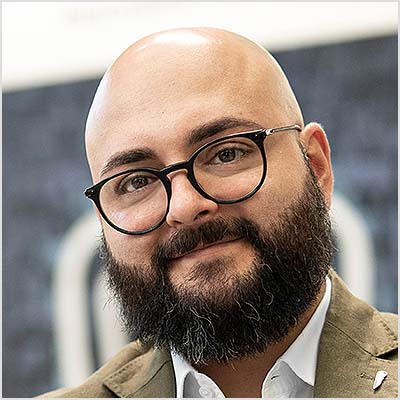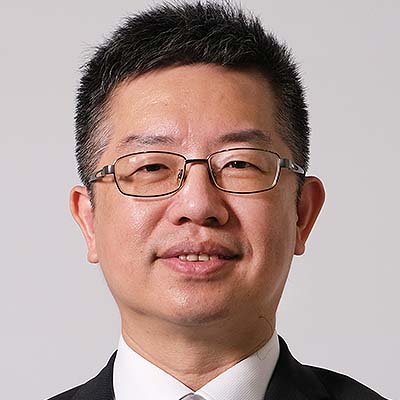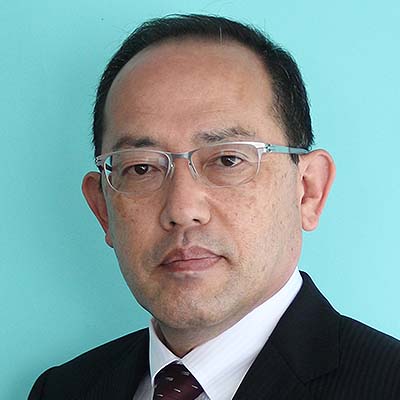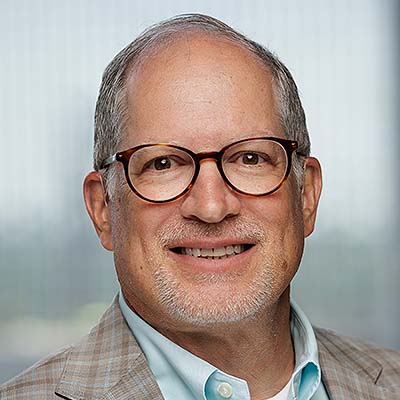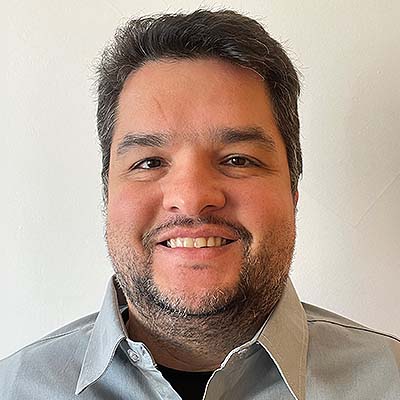& Construction

Integrated BIM tools, including Revit, AutoCAD, and Civil 3D
& Manufacturing

Professional CAD/CAM tools built on Inventor and AutoCAD
The volatility of recent years has put many organizations in a reactionary position, having to adapt quickly to changing market conditions. Now that leaders are feeling better equipped to handle business challenges, they have started making plans for a more certain future. Along with this new sense of optimism comes exploration of new technologies, processes, and ideas that will uncover new opportunities for growth—and shape the future of design and make.
This report contains key findings from this research, including details at the sector and regional level.
The quantitative data (n= 5,368) was collected between July and September 2023, through a 20-minute online survey.* Autodesk partnered with Qualtrics for the collection of this data. In addition, 31 qualitative interviews with business leaders and futurists were conducted in October and November 2023. In some instances, aggregated and anonymized Autodesk customer data has been analyzed to identify trends.
*The full questionnaire used in the survey can be found here.
of survey participants are decision-makers in their companies
of respondents said that they used Autodesk products
is the average experience respondents have in their industry
Leaders: Seventy percent of survey participants are decision-makers in their companies. In this report, this group is referred to as “leaders.” Job roles for the leaders group include business owner/entrepreneurs, directors, VP-level and C-level.
Experts: The remaining 30% of respondents are referred to as “experts.” This group includes respondents at the non-managerial level and managers.
Architecture, engineering, construction, and operations
Design and manufacturing
Media and entertainment
Companies whose leaders and experts rated their organization’s performance on top business metrics as “above average” or “excellent” are considered top performers.
Respondents were asked how far their companies were in their transformation journeys. Organizations that respondents said are in the “early stage” or “right in the middle” of their digital transformation journeys are considered less digitally mature companies. Those that respondents identified as “approaching the goal” or having “achieved the goal” of digital transformation are considered more digitally mature companies.
The survey questions about sustainability, for example in the list of changes companies are making, focus on environmental sustainability, however, this definition was not explicitly stated.
In one-on-one interviews, a descriptive definition was used incorporating the United Nations definition: “Meeting the needs of the present without compromising the ability of future generations to meet their own needs.” Respondents were told this includes efforts related to the environment (mitigating the effect on climate change), the community (social well-being, improving the life of populations), and corporate governance.
Autodesk would like to thank the following industry leaders who participated in in-depth interviews to discuss industry trends and ways their companies are responding to changing times.
Chief Engineer





